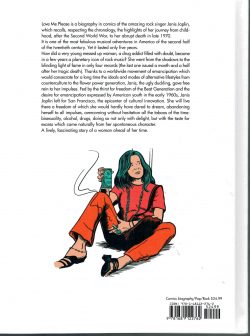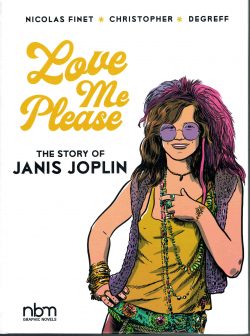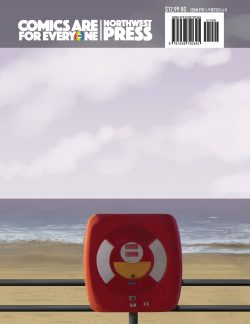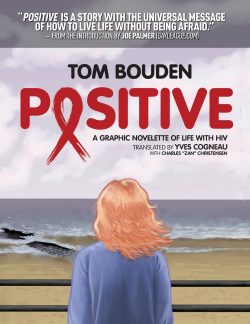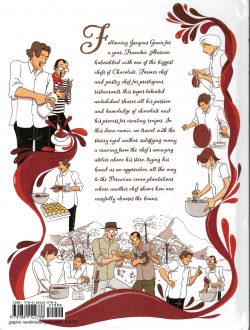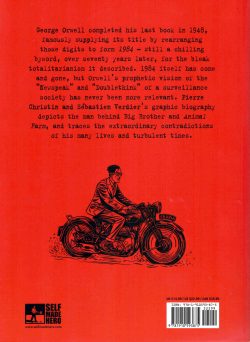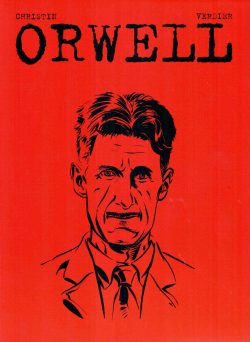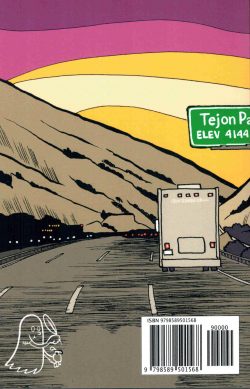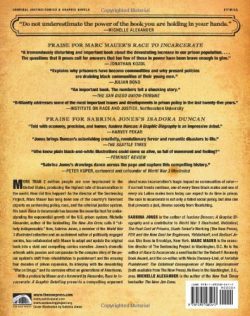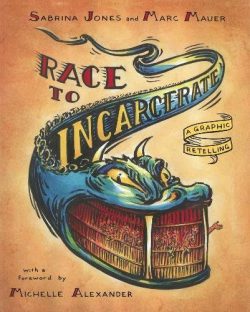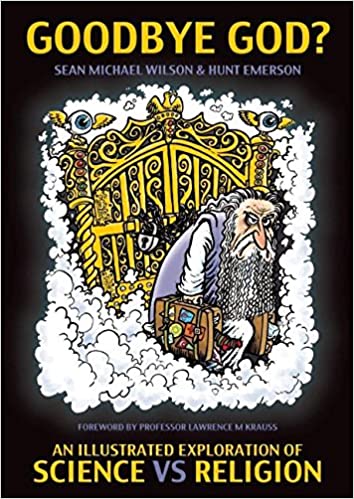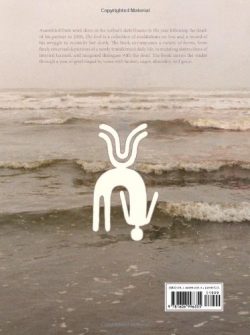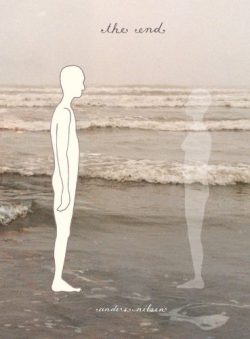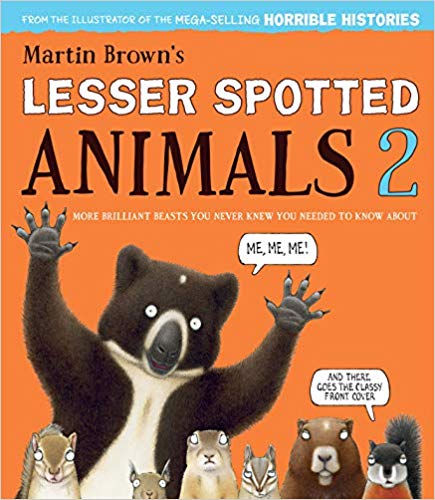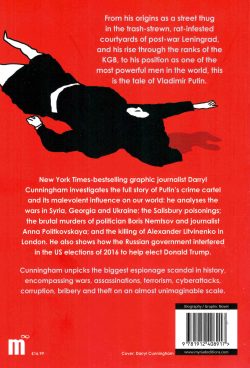
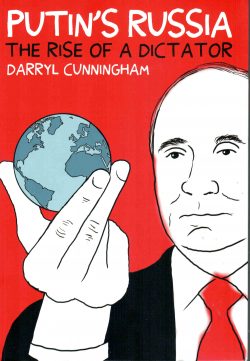
By Darryl Cunningham (Myriad Editions)
ISBN: 978-1-912408-91-7 (TPB)
Artist and journalist Darryl Cunningham was born in 1960, lived a pretty British life (didn’t we all back then?) and graduated from Leeds College of Art. A regular on the Small Press scene of the 1990s, his early strips appeared in legendary paper-based venues such as Fast Fiction, Dead Trees, Inkling, Turn amongst many others. In 1998, he & Simon Gane crafted Meet John Dark for the much-missed Slab-O-Concrete outfit. It is still one of my favourite books of the era. You should track it down or agitate for a new edition.
Briefly putting comics on the backburner as the century ended, Cunningham worked on an acute care psychiatric ward: a period which informed 2011 graphic novel Psychiatric Tales, a revelatory inquiry into mental illness delivered as cartoon reportage.
When not crafting web comics for Forbidden Planet or working on his creations Uncle Bob Adventures, Super-Sam and John-of-the-Night or The Streets of San Diablo, he’s been steadily consolidating his position at the top of the field of graphic investigative reporting; specifically science history, economics and socio-political journalism through books such as Science Tales, Supercrash: How to Hijack the Global Economy, Graphic Science: Seven Journeys of Discovery, The Age of Selfishness: Ayn Rand, Morality and the Financial Crisis and Billionaires: The Lives of the Rich and Powerful.
His latest offering is his boldest yet, particularly as the subject of these investigations and revelations has a scary track record of suddenly outliving every critic, commentator, judge and denouncer. Of course, part of that murderous mystique also includes ludicrous gaffes, fumbles and cock-ups, so perhaps it’s a fair risk for a potential big reward…
Simply put, what’s on show here is another sublimely forensic and easily digestible dissection of one more major cause of global concern, in the form of a mediocre Soviet spy who became the biggest crook on Earth.
Cunningham methodically traces the path of Vladimir Vladimirovich Putin from childhood in a St Petersburg (then Leningrad) communal apartment to the world’s most tasteless billionaire mancave (“Putin’s Palace†at Gelendzhik), translating dry facts and shocking atrocities into irrefutable, easily assimilated data snippets, tracing the Dictator-in-Chief’s cunning rise in the shadow of and on the coattails of far more flamboyant and unwise would-be leaders until suddenly he’s the last man standing…
A much-curated personal life is unmade and remeasured against a historical yardstick as the Soviet Union stumbles into oblivion: broken up and its riches redistributed by pirates and brigands in suits amongst a cabal of soon-to-be Oligarchs only marginally less unsavoury than their notional leader.
Gorbachev, Yeltsin, Sobchak and a flurry of Western appeasers and greedy bankers are all indicted for their failings as Putin climbed a greasy pole soaked in the blood of opponents, competitors and particularly journalists and critics. Especial attention is rightly paid to manufactured and proxy wars, terrorist acts and inept interventions; modern imperialism and global calamities, weaponized bigotry, harnessed ancient grudges and sheer unrelenting opportunism at every possible juncture. That’s a big bill to lay on one person, but the arguments are all there in black and white and magenta and green and…
You will also be sagely reminded of assassinations as acts of petty spite; western money laundering of a nation’s pilfered assets, the suborning of national leaders (and we’re not just talking about orange hairpiece #45, here!) and the sadly pathetic ongoing quest for validation of a self-described hard man…
A heady mix of cold fact, astute deduction and beguiling visualisation, this deft examination of a bandit who stole a nation and how at last his comeuppance is at hand is a delicious blend of revelation and confirmation, and Cunningham even has the courage to offer bold – and serious – suggestions on how to rectify the current state of affairs, all backed up with a vast and daunting list of References from print, media and other sources for everything cited in the book.
Comics have long been the most effective method of imparting information and eliciting reaction (that’s why assorted governments and militaries have used them for hard and soft propaganda over the last century and a half), and with Putin’s Russia you can see that force deployed against one of today’s greatest threats…
© Darryl Cunningham 2021. All rights reserved.
Putin’s Russia will be released on September 16th 2021 and is available for pre-order now.

